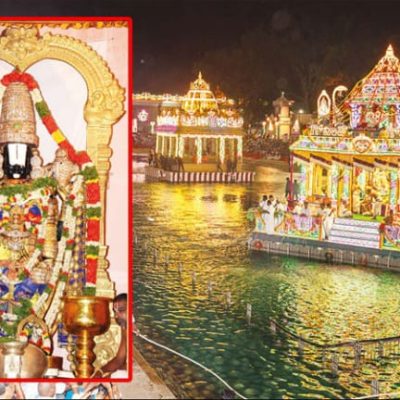Mrauk U Koe-thaung Pagoda, Myanmar

Address
Mrauk U Koe-thaung Pagoda, Myanmar
Mrat Yeik Kyun, Mrauk-U,
Myanmar (Burma)
Moolavar
Buddha
Introduction
Koe-thaung Pagoda is a large, rectangular, 16th-century monument on the eastern outskirts of Mrauk U, measuring approximately 77 meters on each side. Oriented roughly east-west, it is canted roughly 10 degrees counter-clockwise with the main approach facing east.
Puranic Significance
The name of the pagoda translates as the “Temple of the 90,000 Buddhas”, an apparent attempt on the part of its sponsor, King Min Dikkha (r. 1554-56), to one-up the construction of the Shitthaung pagoda (“80,000 stupas”) by his father and predecessor, King Minbin. According to Stadtner, it is indeed the largest monument at Mrauk U, though its present form is heavily restored.
The pagoda’s plan comprises five stacked terraces, each smaller than the previous, creating a stepped arrangement on the exterior. The “stairs” formed by the receding terraces are topped by rows of small, identical stupas that gird the structure, looking from afar like ranks of massed, helmeted soldiers. Each row was originally comprised of 108 stupas, a numerological significant number representing the 108 marks of the Buddha. Writing in the mid-20th century, Manning Nash remarked on the continued influence of the number 108 in popular Burmese Buddhism, noting that “Most villagers have a string of 108 beads (a magic number tied to the 108 marks of the Buddha) which they finger as they repeat these words” (Nash, p. 287), referring to seeking refuge in the Buddha, the Dharma, and the Sangha. Thus, even from a distance, the monument’s outer form conveyed an impression of piety, humility, and reverence.
The stupas’ ranks are interrupted on the east side of the pagoda by a great notch carved from the walls, indicating the entrance and approach. A narrow stairway ascends to a large rectangular platform that is presently empty. It is likely that a canopy or roof once covered portions of the entrance and interior, as Gutman notes that enormous post holes for giant teak pillars were found throughout the site, indicating the presence of enclosed spaces. Branching off from the bare platform are two barrel-vaulted ambulatories that extend to the north and south, running along the monument’s perimeter, with a second staircase rising to the west.
Apart from the wood and terracotta elements that have not survived, the pagoda is primarily built of brick faced with sandstone, a design technique the Mrauk U kingdom probably borrowed from lands further to the west, such as Bengal and eastern India. In contrast to contemporary Burmese kingdoms along the Irrawaddy in central Burma, the Arakanese achieved much wider interior spaces using vaulting techniques inspired by Muslim developments on the subcontinent. Unfortunately, the results were not always stable as the Arakanese landscape is heavily prone to earthquakes. Its sandy soil is often plagued by subsidence, resulting in numerous collapsed galleries that wrongly provide the impression that many interior passageways were built open to the elements. Still, enough survives of the vaulting on the northeast side of the monument to provide a good approximation of the original construction.
The vaulted galleries on the lower level and the upper-level ambulatory are decorated with innumerable images of the Buddha. Given the sheer quantity of images, the quality of carving varies widely, as it must have been an impossible challenge to enlist sufficient qualified stonemasons and master sculptors in so short a time span. To produce 90,000 images, shortcuts were taken by decorating the wall surfaces with more easily carved bas-reliefs. Invariably, these are grouped in numerological significant grids referencing the number 9, such as 3 x 3 or 9 x 5 (as the total, 45, represents nine as 4 + 5 = 9). However, it is not clear if, in fact, 90,000 images in all were carved or if this represented a boastful (or wishful) exaggeration on the part of the king.















Century/Period
16th-century
Managed By
UNESCO World Heritage Site
Nearest Bus Station
Mrauk U
Nearest Airport
Sittwe








